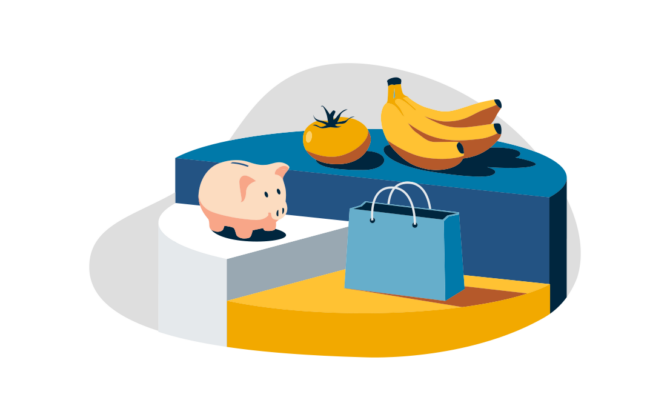In Case of a Financial Emergency, Pay Yourself First
On the long list of payouts you have to make every month, why shouldn’t you be the first one on that list?


Are you prepared for a financial crisis, the unexpected car repair, a broken water heater, or even a medical emergency? Most people aren’t. According to a 2022 poll by Bankrate, more than half of Americans surveyed reported they were uncomfortable with the amount they had in their emergency fund.
If you haven’t already, there’s a simple way to start saving for an emergency fund – pay yourself first. On the long list of payouts you have to make every month, why shouldn’t you be the first one on that list? This is not just a novel idea; it’s an effective practice that ensures you will always have savings that is growing and unexpected emergencies won’t throw off your entire budget.
How much should you pay yourself?
This saving strategy works for everyone, no matter your income size or tax bracket, but just how much should you have for an emergency fund? And how much should you “pay yourself” each month?
Let’s start with the former. It’s recommended that you have at least 3-6 months of living expenses in your savings account. Considering most Americans have less than one month worth of living expenses saved, that’s a tall order. But, as with everything, baby steps are key, and every month you “pay yourself” is another step in the right direction.
The 80/20 rule for saving
The easiest way to determine how much you can afford to pay yourself each month is to break down your monthly costs using percentages. There are many options here, such as the 80/20 rule – the thought that you should save 20% of your income and reserve 80% for your needs and wants – but the consensus between all is that 20% of your income should be contributed to savings.
If you break down your expenses that way, you can always save, no matter how much you earn. But, if you find yourself struggling to faithfully put that 20% away each month, here are three tips that may help:
1. Set up automatic transfers
If paying yourself each month is too difficult to commit to, you can set up automatic savings transfers. That’s when your bank automatically transfers a predetermined amount of money into another account on a predetermined schedule. With this tactic, you can save without even thinking about it.
2. Cut your subscriptions
These days, there’s a subscription to everything, but most people don’t utilize their subscriptions the fullest – this is a trimming moment. One way to increase your savings each month is to cut out those unused, or underused subscriptions. If you can’t decide just ask yourself one question: Am I getting my money’s worth? If not, chop, chop, chop!
3. Downsize
We all want the best in life, but sometimes, less is more. You may have an extra second or third bedroom, but if it’s being used as nothing more than a storage closet, maybe you should consider downsizing. A bigger house or more money? You decide.
Life has a way of showing us who is boss. Sometimes, we have no control over what happens. But, if you’ve got an emergency fund, at least you’re covered – and that is priceless.
Don’t miss the latest financial resources.
This site is protected by reCAPTCHA and the Google Privacy Policy and Terms of Service apply.
Get tailored Laurel Road resources delivered to your inbox.
Search Results


